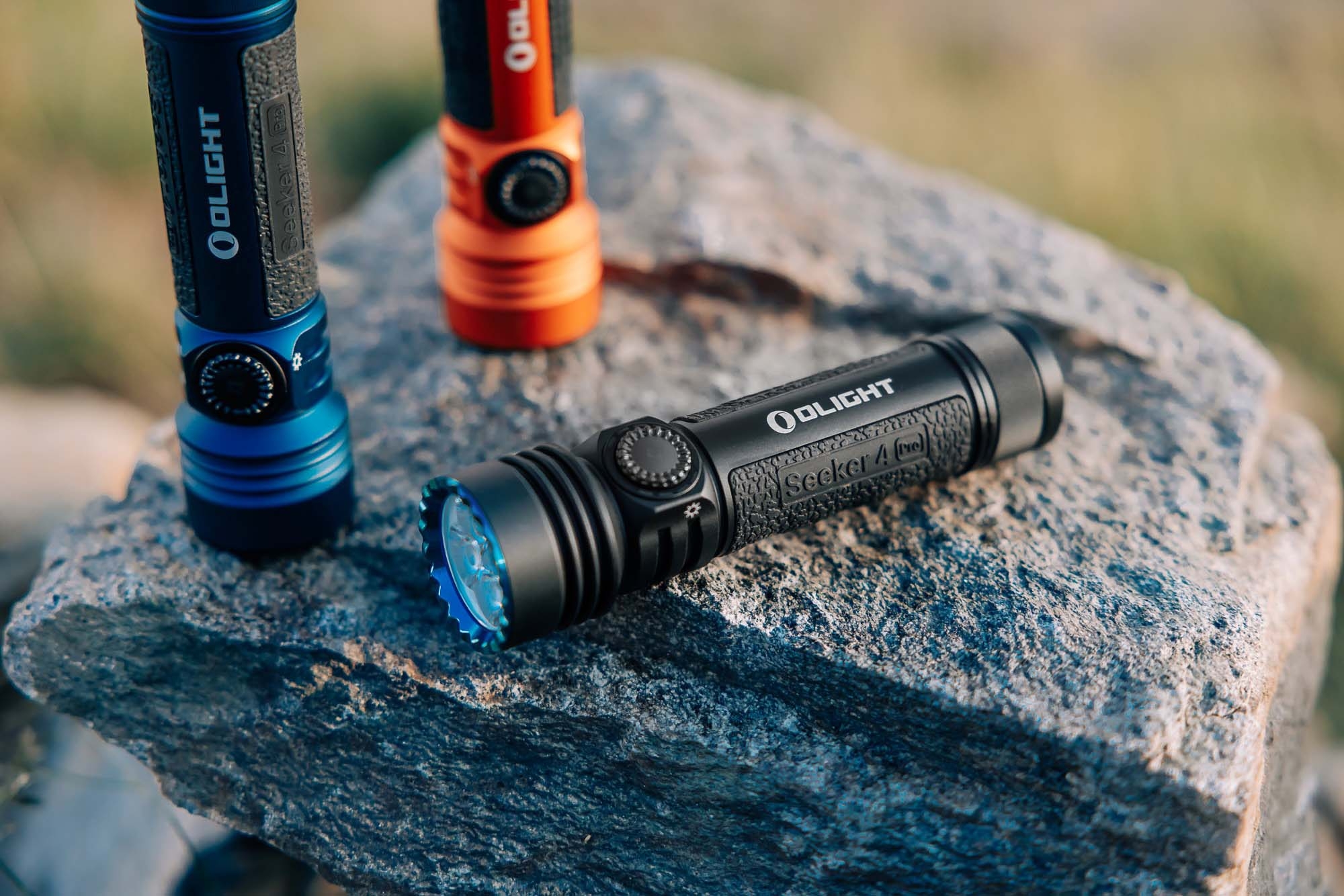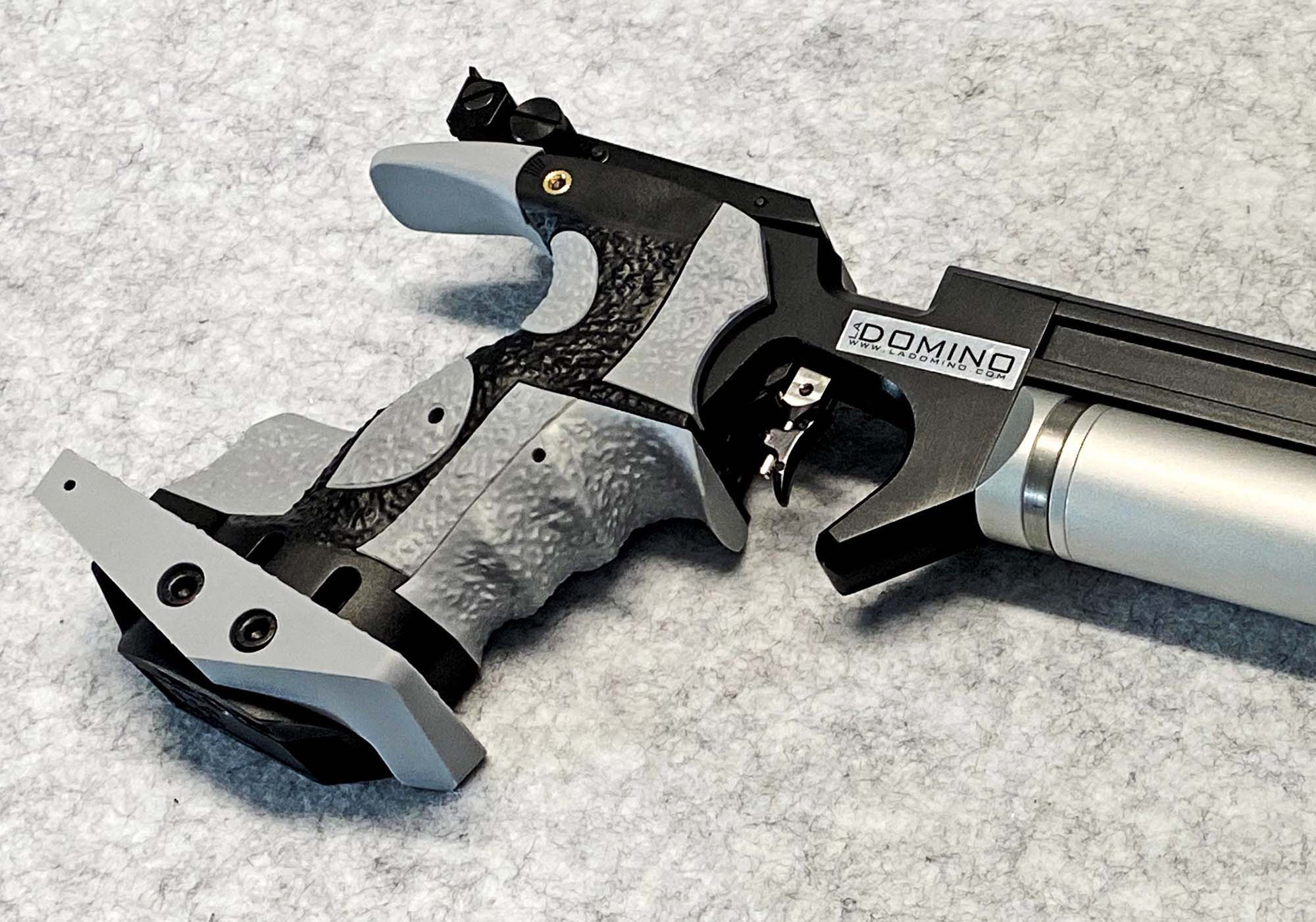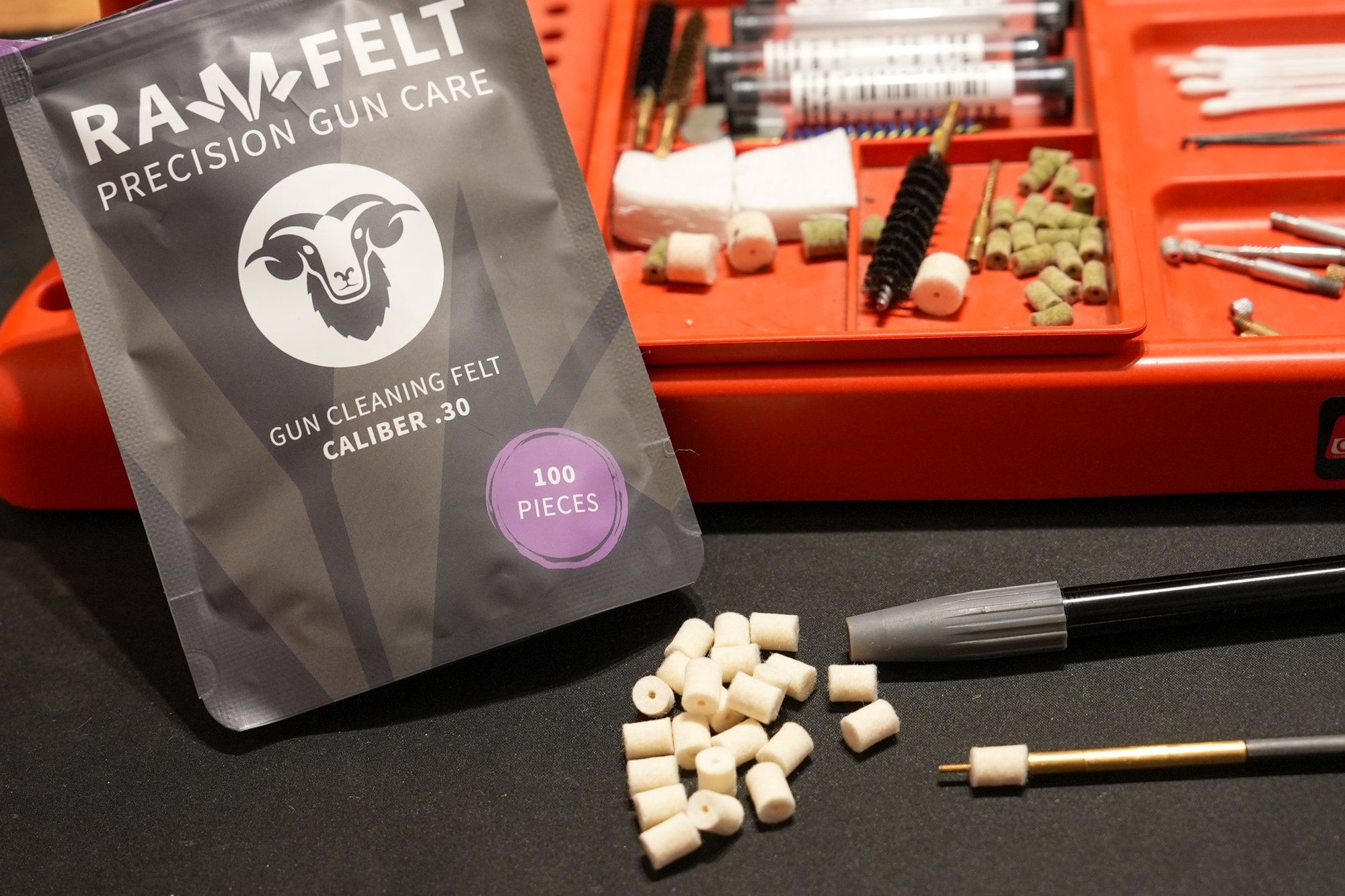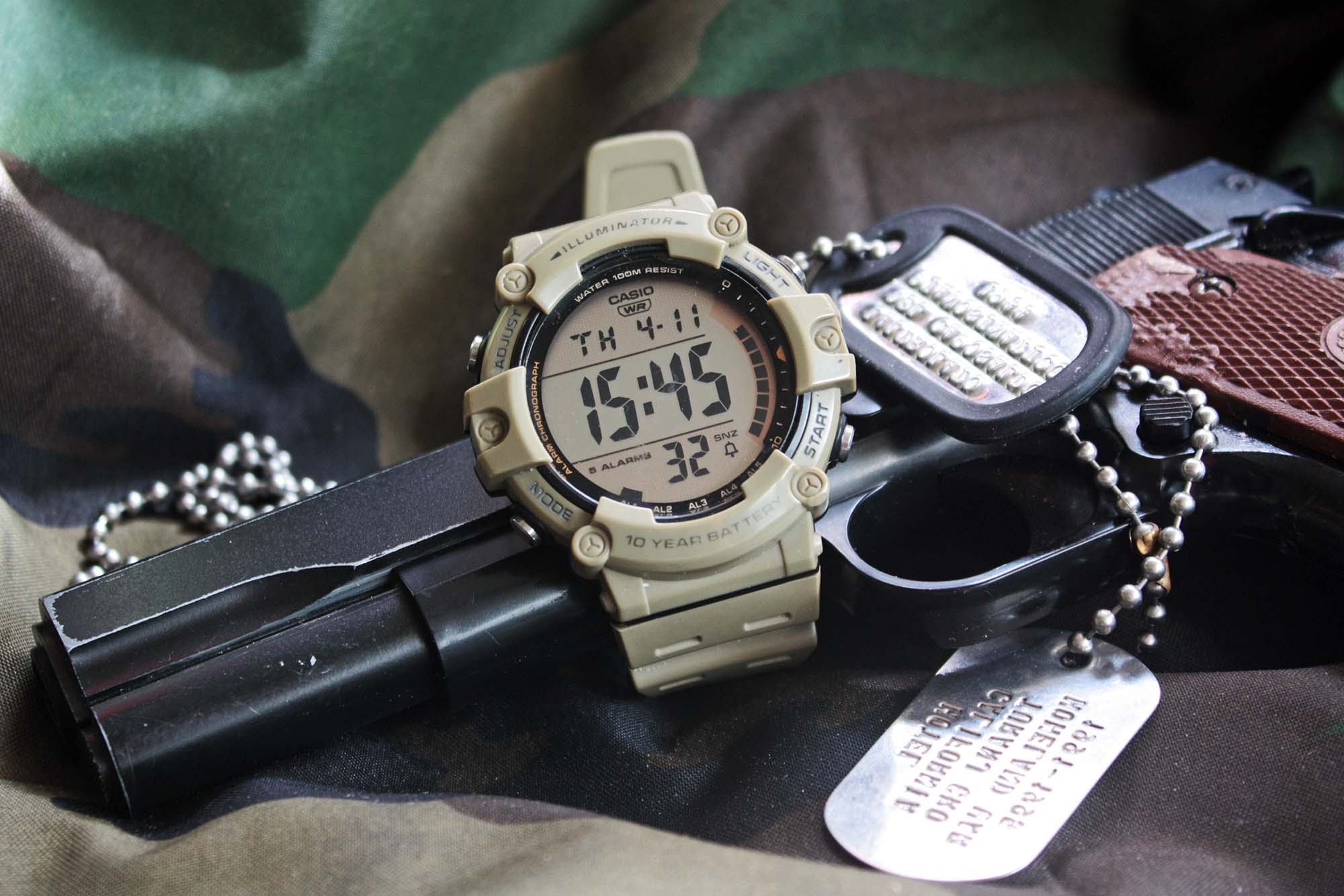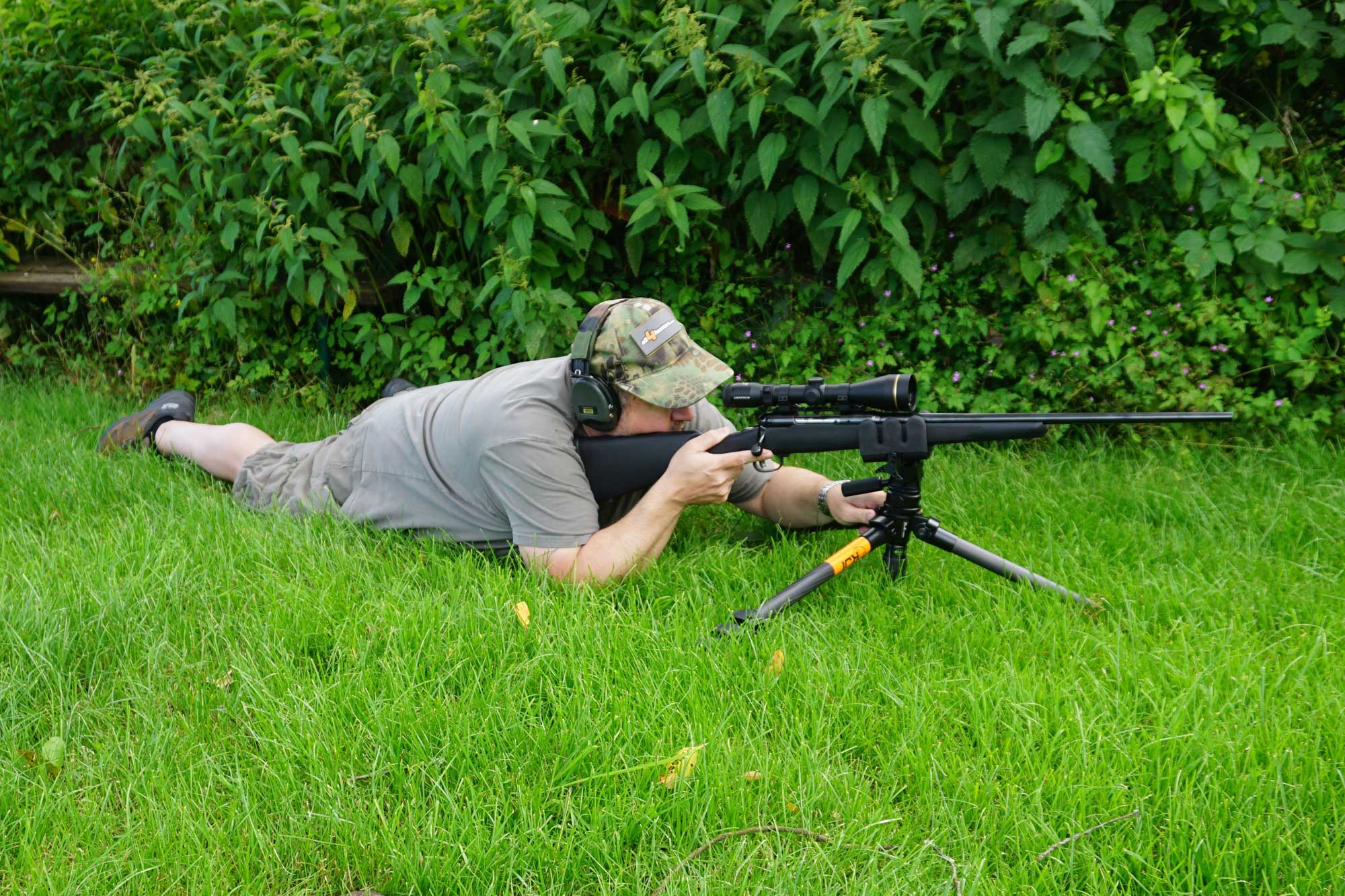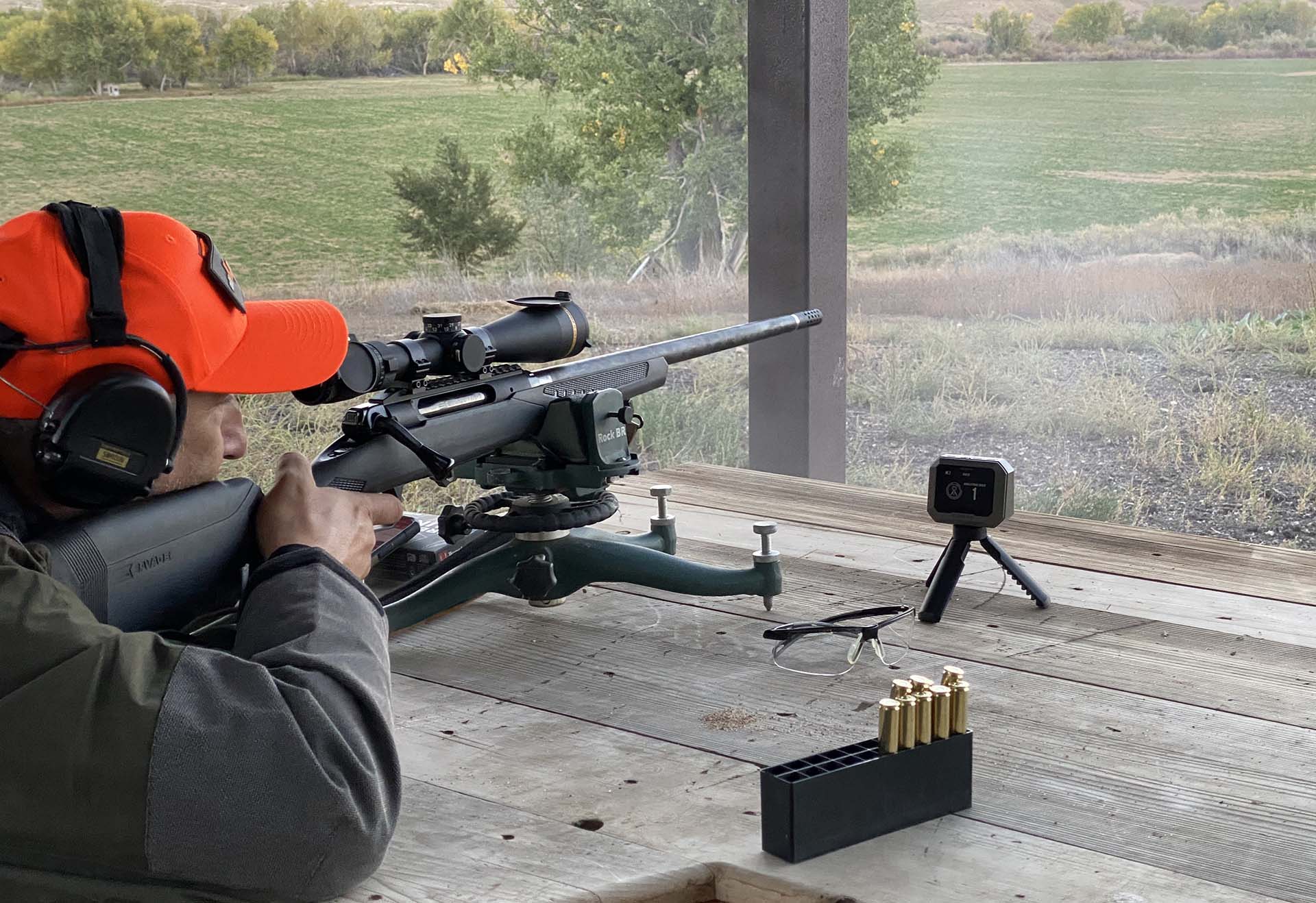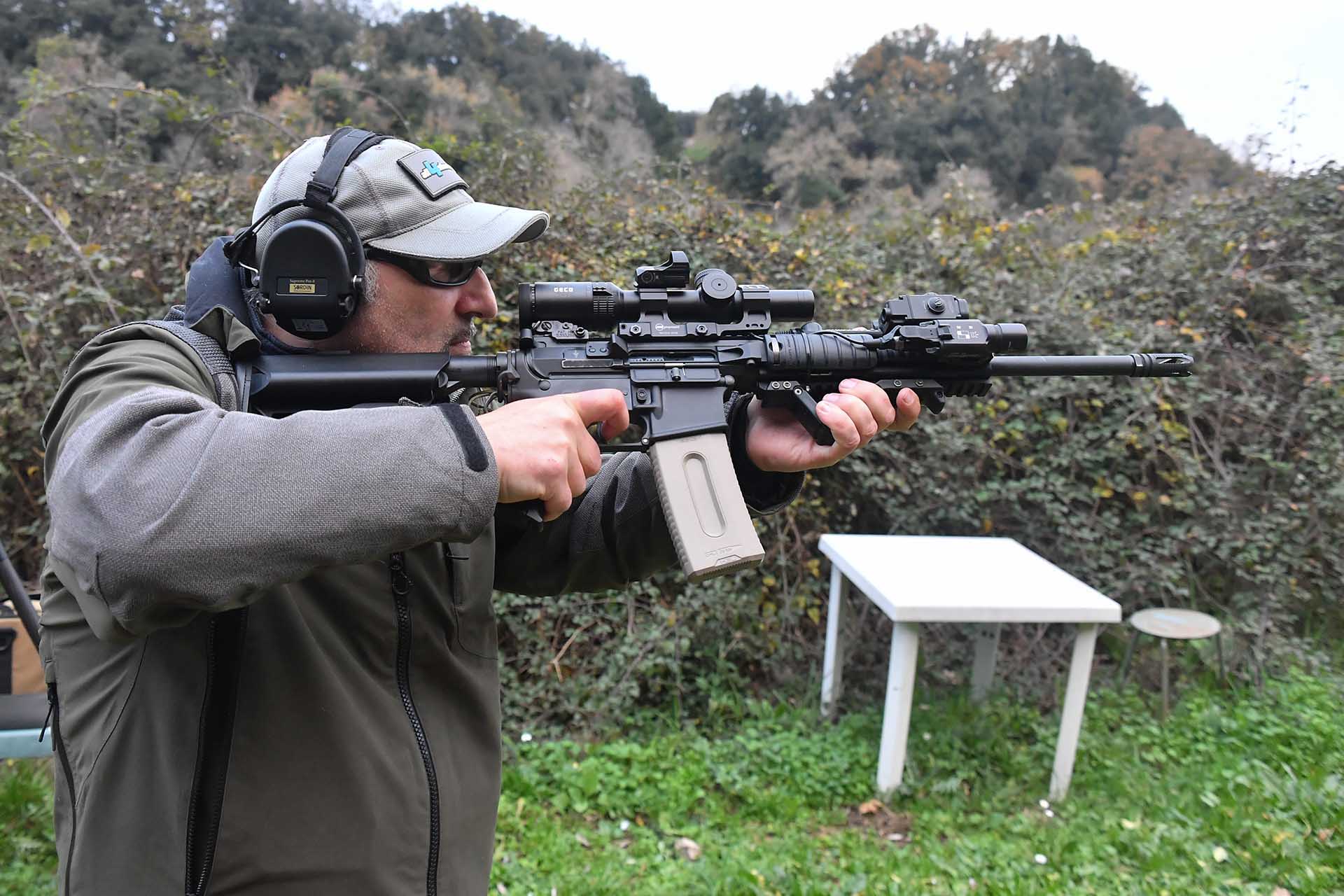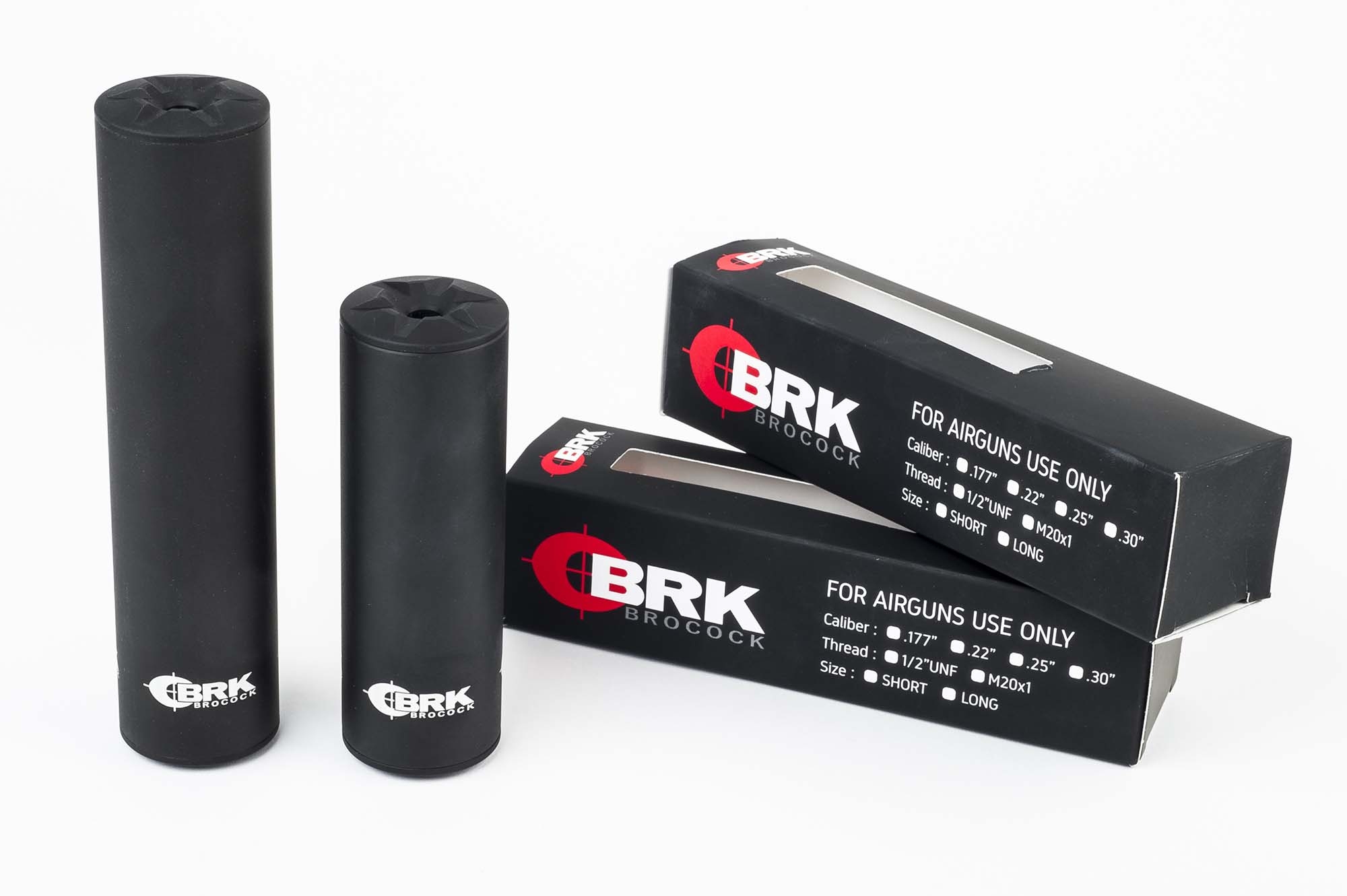Jens Tigges is the marketing manager at Outdoor Marketing International (OMI) and thus responsible for many US brands such as Hornady, Leupold, Savage, Bushnell as well as Hoppe's. But more importantly, Jens Tigges is a very experienced hunter and sport shooter and has been in front of our camera on many topics, giving us valuable tips & tricks. So: let's get started.
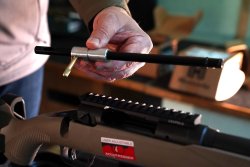
The 6 steps to chemical gun cleaning with Hoppe's Black (example: long guns)
Step 1 is the preparation of the gun. First, the bolt is removed from the gun. Once this is done, a bore guide – also known as a cleaning rod guide – is inserted in the place where the bolt normally sits. The purpose of the guide is to protect the inside of the gun from contamination by cleaning agents and it also serves as a guide for the cleaning rod. Incidentally, bore guides are available for almost all types of rifles from various manufacturers.
Step 2 is to attach a patch catcher to the muzzle of the barrel. If you don't have a professional patch catcher at hand where the dirty patches can be collected, a small bucket or bowl will do as well.
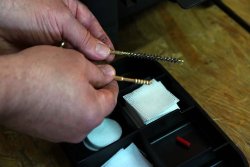
Step 3: what residue is actually in the barrel? This question is best answered by yourself, since you know which bullet (lead-free or leaded) was used. In addition, there are also residues from the powder in the barrel, which are created by burning during the firing process. With different materials, it may be necessary to clean the barrel more often until it is really clean. Since the powder residue is "on top" of the bullet residue, we first use a gun cleaner, in this case Hoppe's Black Gun Cleaner. This was developed specifically for this requirement. The chemical gun cleaner is applied to a cotton patch and then run through the bore using a cleaning rod. Important: this process may need to be repeated several times. Please note that you must pass each patch through the bore only once. Once the patch has landed in the catcher please leave it there. The advantage of this procedure is that it is the best way to see the progress. You also know when you can move on to the next step. Only when the patches no longer show any visible residue does the next step occur.
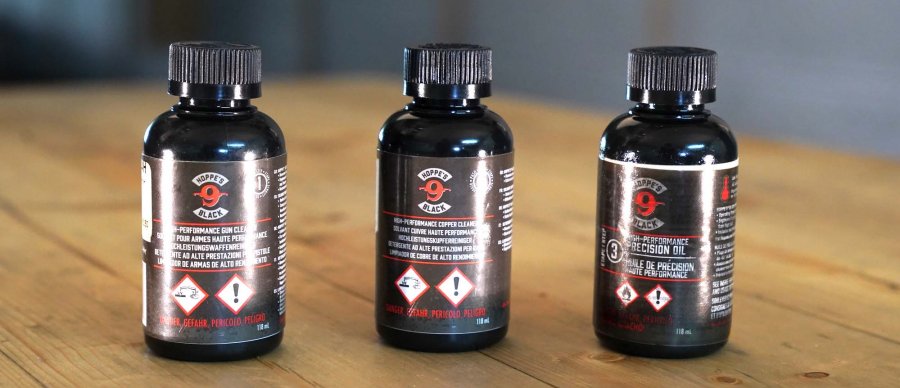
Step 4: clean the barrel from bullet residues. Especially when changing ammunition, for example from "leaded" to "lead-free", or if you want to use a new brand of ammunition, you should always clean the barrel of the old bullet residues. The barrel will thank you for it. This is done very simply. Similar to step 3, you again take a cotton patch and soak it in Hoppe's Black Copper Cleaner. Since many lead-free bullets are made mostly of copper, we naturally use a solvent for copper. You will be amazed at how much residue is still in the barrel. For lead-containing bullets, there are corresponding solvents.
Our tip: be sure to note the composition of the bullets you are using and always choose the solvent that covers all steps in chemical barrel cleaning, i.e. a solvent for powder residues, one for bullet residues and a neutralizer such as gun oil. Preferably all from one manufacturer's line. The products from the US manufacturer Hoppe's are very suitable for this purpose.
Repeat this process until no residue is left. Again, make sure that each patch is used only once. Important: leave the solvent, in our case Hoppe's Black Copper Cleaner, to work for 10-15 minutes after the first application with the patch, or a good 30 minutes in the case of stubborn dirt. Then continue swabbing with the patches until there is no more dirt in the barrel. You can recognize this when the white patches no longer carry any residue.
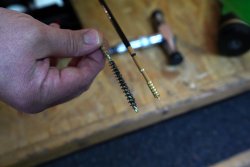
Step 5: use of brushes in barrel cleaning. Brushes are also used in perfect chemical barrel cleaning. Important to know: always use only the appropriate brush size for the gun's caliber/gauge. The use of brushes can speed up the process of cleaning. It is best to use bronze brushes because they are gentler on the barrel. The bronze brush is soaked with the appropriate solvent and then lightly passed through the barrel a few times.
This will accelerate the soaking process of Hoppe's Black Copper Cleaner. After brushing, let the agent soak in again for a few minutes and then continue with the patches until all residues are removed. You will also feel the progress of the chemical barrel cleaning by the resistance. Because when the barrel is properly cleaned, the patches can also be pushed through more easily.
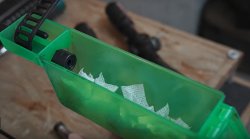
Step 6: use of gun oil. In order to neutralize the residue from the copper solvent used in the barrel and to finally take care of the barrel, gun oil is used in step 6. Again, we used a product from Hoppe's. In this case, Hoppe's Black Precision Oil. The advantage is that when you clean with matched products, you can be sure that all these products really match each other and clean the barrel perfectly while being gentle on it. This process is also repeated until no more residue can be found on the patches. When using the cleaning rod with oil, it is important that the cleaning rod can be easily rotated in its handle so that it can follow the rifling and fields.
Finally, our practical tip: it is best to clean a gun when it is warm. It has proven beneficial to clean the gun when it is still warm. So if you're at the range, dry cleaning right there makes the most sense. Firstly, because the gun is still warm after use and secondly, you don't get a problem with your better half at home because a patch landed on the carpet instead of in the patch catcher.


